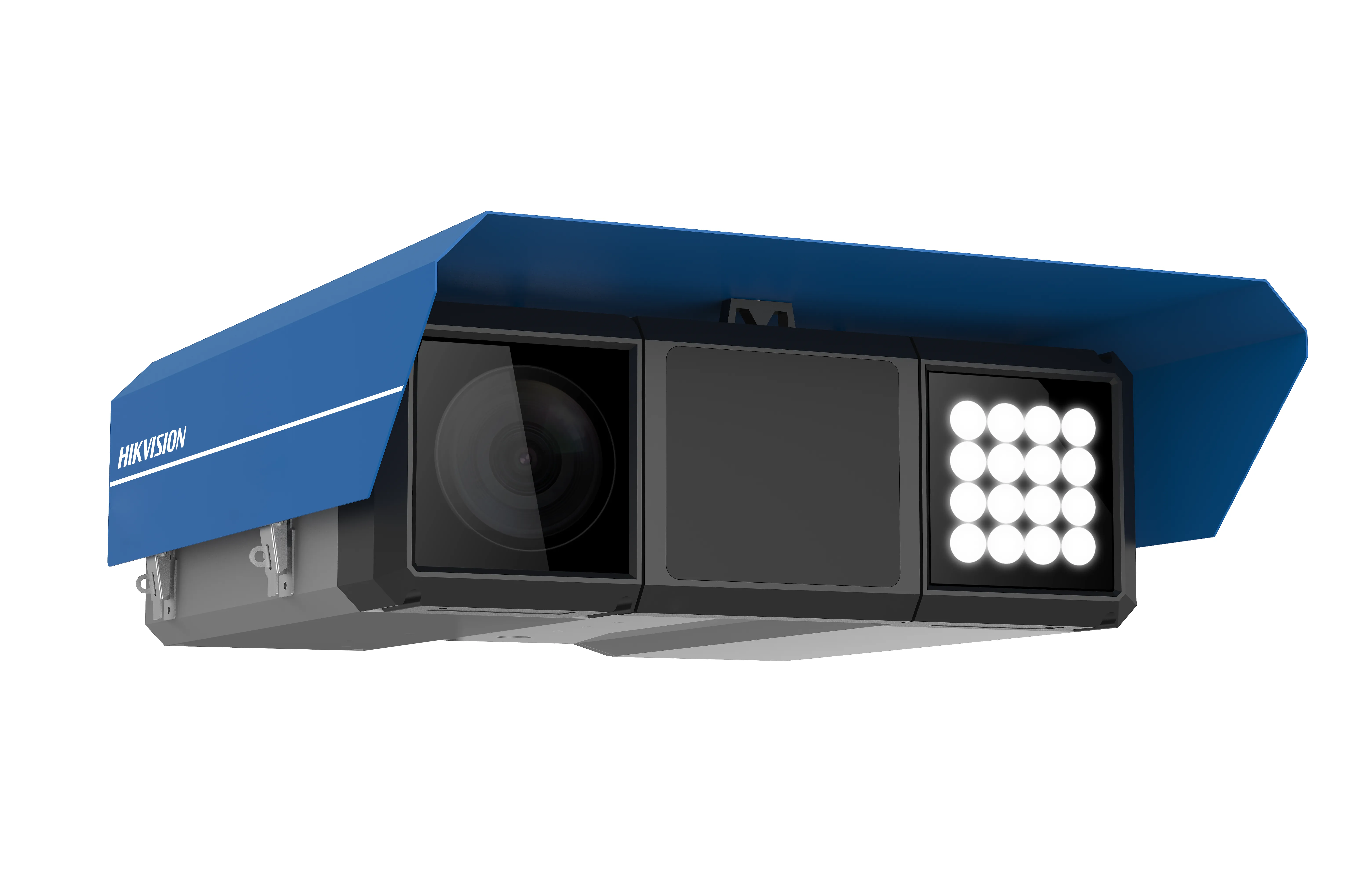Vicon Industries has introduced the new, comprehensive V960 line of fixed cameras that it claims deliver superior resolution, image quality and performance when used as part of any ONVIFcompliant video management system.
January 24, 2012
Read time: 1 min

A removable IR-cut filter is said to provide superior image quality around the clock, while image quality is further enhanced by use of a P-iris that precisely optimises the balance between lighting and depth of field. The cameras transmit H.264 compression with dual streaming; up to nine secondary streams may be H.264 or M-JPEG and vary in resolution, frame rate and image quality. Remote focus capabilities, combined with power-over- Ethernet, facilitate easy installation.










